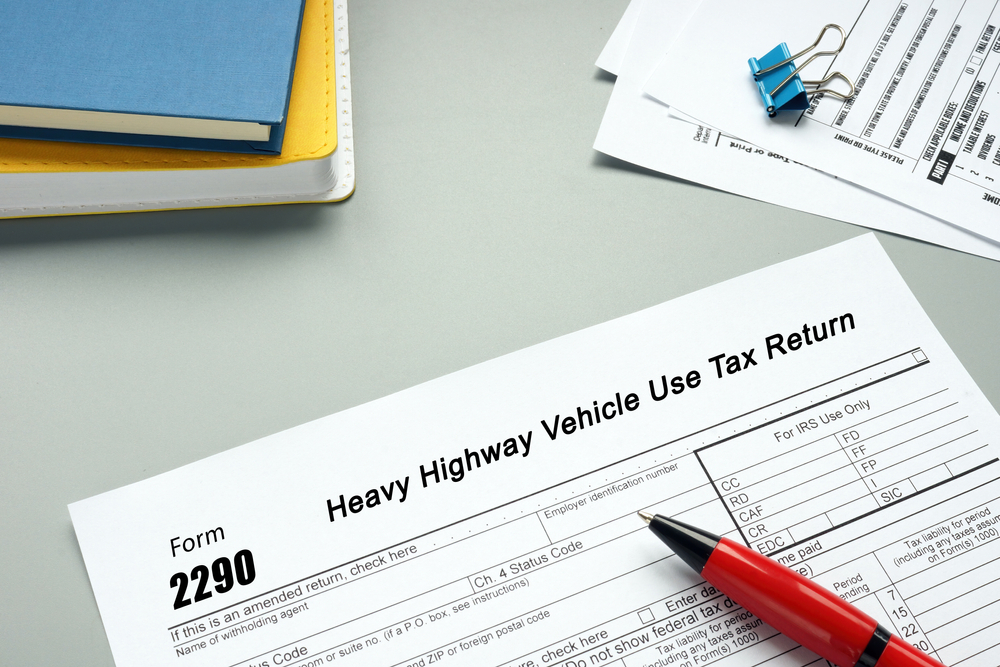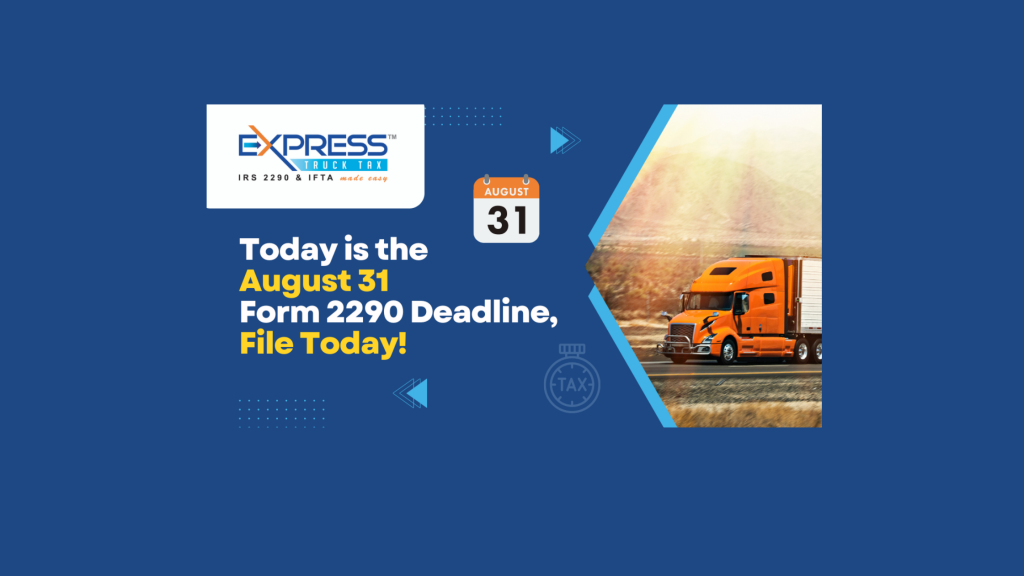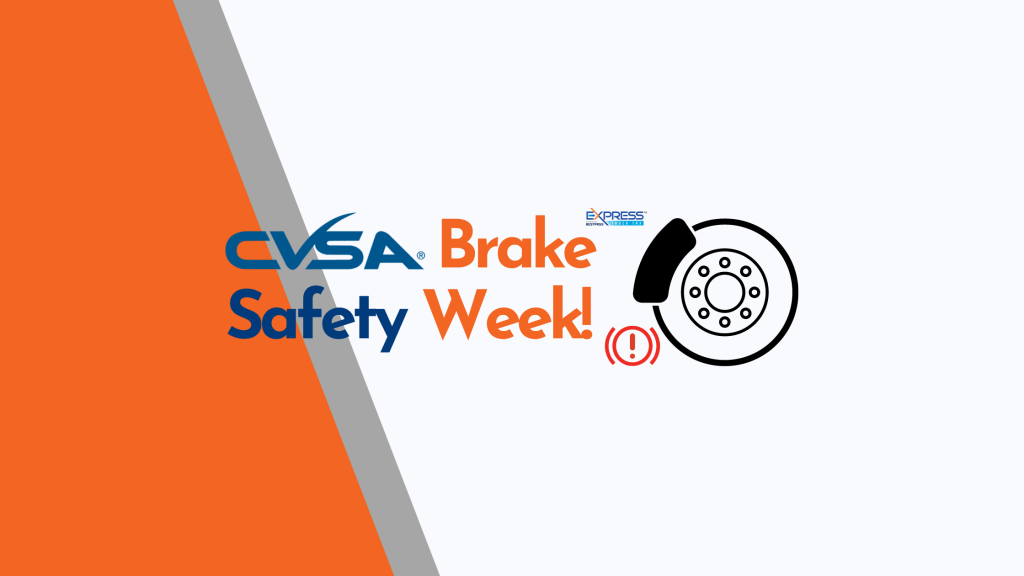
If you work in the commercial fleet industry, you must keep up with the various taxes involved. We’ll explore filing IRS Form 2290 online and its requirements below.
Brief overview of IRS Form 2290
IRS Form 2290 is called the Heavy Highway Vehicle Use Tax or HVUT. It’s a federal excise tax imposed on registered vehicles with a taxable gross weight of at least 55,000 pounds. The amount due is based on the taxable gross weight of the vehicle. In return for filing, you will receive a stamped Schedule 1, which you’ll need when registering your vehicle in most states.
Importance of filing IRS Form 2290
The income from IRS Form 2290 helps fund road construction and maintenance, directly benefiting those who pay it. If you fail to pay the tax, you will not be able to register your vehicle in most states and will also incur penalties. These penalties can be up to 5% of the amount due each month the form is late.
What Is IRS Form 2290 Online Payment?
Definition and explanation of IRS Form 2290
IRS Form 2290 online payment is a digital method of paying this excise tax. You may also hear it called e-file form 2290.
Importance of online payment
If you are filing for 24 or fewer vehicles, you can do this by paper. But anyone filing for 25 or more vehicles must file online. Even if you only submit the tax for a single truck, online filing will speed up the process of receiving your watermarked Schedule 1.
How To e-file IRS Form 2290
Step-by-step guide to E-filing IRS Form 2290
There are a few steps required to e-file IRS Form 2290:
- Information needed to complete the form — To e-file, you’ll need your employer identification number (EIN) and the taxable gross weight and vehicle identification number (VIN) of each vehicle. Gather this information for each vehicle you will register.
- Pick an e-filing provider for your form — Form 2290 is not directly available from IRS.gov. Instead, they offer a list of participating software providers.
- File the form — Follow the directions from the chosen software provider. Be aware that these providers do not charge the tax amount due but charge a fee for using their software.
- Choose how you will pay — There are three options:
- Credit or debit card
- EFT (electronic funds transfer)
- EFTPS (electronic federal tax payment system)
- Receive your Schedule 1 — Your watermarked Schedule 1 is emailed to you once your Form 2290 is filed, paid, and accepted by the IRS. You must print this with a legible watermark to register your vehicle in most states.
Benefits of E-filing
As mentioned above, you must e-file if registering 25 or more vehicles at a time. If you register fewer vehicles, you may file by mail. Manual filing will take considerably longer to receive your Schedule 1 in return, so most fleets choose online tax filing regardless of the number of vehicles involved.
Understanding IRS Form 2290 Amended Return
Regardless of best intentions, you may need to amend tax documents after they are filed. When this happens, you’ll need to file an IRS Form 2290 amended return.
When to file an amended return
According to IRS regulations, there are only two acceptable reasons you may need to file an amended 2290 return:
- Unpaid tax related to an increase in taxable gross vehicle weight.
- A suspended vehicle exceeded the mileage use limit.
You may also need to refile your Form 2290 if you need to correct the VIN on your original filing.
How to file an amended return
To file an amended Form 2290, you’ll file the exact same process as when you originally filed, with one exception. You’ll need to check the “Amended Return” box at the top of the form and note the reason for your amendment.
If you are correcting the VIN on a previously registered vehicle, do not check the “Amended Return” box. Instead, check the “VIN Correction” box.
IRS Form 2290 Due Dates
Calendar of due dates
Unlike some taxes, Form 2290 may not be due during “tax season.” Your IRS Form 2290 due date will depend on the first day your vehicle was used on a public highway. For whatever month the vehicle was first used on the highway, your Form 2290 will be due by the last day of the following month. So, if your vehicle was driven on the highway for the first time on July 15, your payment would be due by Aug. 31. You can find the calendar of due dates for Form 2290 taxes on the IRS website.
Consequences of late payment
As noted above, there can be hefty penalties for late payment on your IRS Form 2290. In addition to not receiving the Statement 1 form needed for vehicle registration, you will also need to pay fines. These fines can be up to 5% of the amount due for every month the form is late.
FAQs about IRS Form 2290
What is IRS Form 2290?
Form 2290 is also called HVUT or Heavy Highway Vehicle Use Tax. It’s an excise tax on vehicles over 55,000 pounds that drive on US highways.
Why should I file IRS Form 2290 online?
Filing online assures that your form is processed promptly, giving you faster access to your Schedule 1 needed for vehicle registration. Also, anyone filing for 25 or more vehicles at a time must file online.
How to e-file IRS Form 2290?
The steps to e-file Form 2290 are:
- Gather your information.
- Pick an e-filing provider.
- File the form.
- Choose how you will pay.
- Receive your Schedule 1 via email.
What to do when I need to file an IRS Form 2290 amended return?
To file an amendment, you’d use the same form to file but check either the “Amended Return” box or the “VIN Correction” box.
When is the due date for IRS Form 2290?
Form 2290 is due by the end of the month following the first day your vehicle is driven on the highway. You can find a calendar of due dates here.
For information on other fleet taxes, check out our webinar entitled Simplifying Your Taxes.











